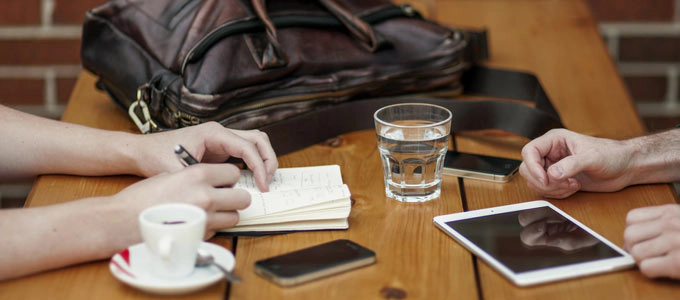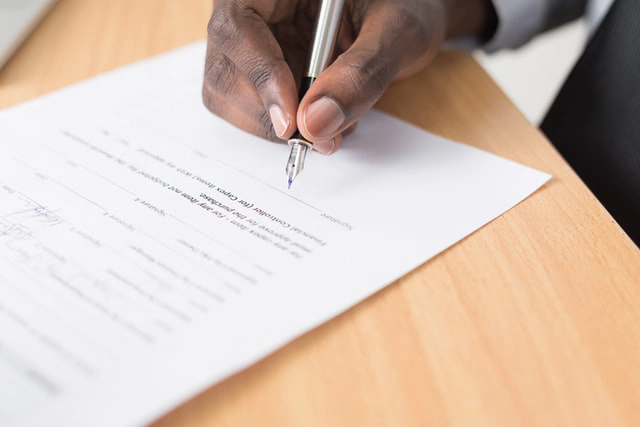strategy-risk
What Does an Innovative Board Look Like – Value Creating
Published: July 11, 2016
Read Time: 4 minutes

In an increasingly complex and uncertain world, change is happening faster and more often than ever before. As an example of major change in the Australian not-for-profit sector, the National Disability Insurance Scheme (NDIS) has transformed the way people with disabilities are supported, with the move away from the block funding of disability services by government towards a system in which individuals with a disability have a greater choice and control over the services they purchase. This has major implications for disability service providers, who have had to change both the way they operate as well as how they engage with their clients. To cope with such change, organisations must be able to scan the environment and respond – innovation is one key to successfully doing so.
There are numerous definitions of what ‘innovation’ is and how to achieve it, but from the board’s perspective, innovation is simply the process of implementing new ideas to create value for the organisation whether in response to change or, especially in the case of not-for-profits, to improve its services while making the funds it has available go further and be sustainable. A not-for-profit organisation’s attitude towards innovation, the types of innovation it pursues, and the levels of risk it accepts depends on the situation of the organisation and the sector in which it operates.
But wishing for a more innovative organisation in whatever sector the organisation operates is not enough, the board must place innovation on its agenda and take a proactive stance by:
- Actively engaging with management in strategy:
- Deciding, approving and monitoring the organisation’s innovation strategy;
- Resourcing innovation;1
- Being aware of and overseeing the risk that accompanies innovation:
- Agreeing on the appetite for innovation risk;
- Staying up-to-date on emerging trends and disruptive innovations that can impact the organisation;
- Requesting regular audits/reports that show alignment with strategy and risk;
- Discussing the innovation capabilities/performance desired in senior management
- Selecting and developing the board for an innovation focus; and
- Promoting an innovation culture throughout the organisation.
It should be noted that culture is one of the most important drivers that has to be set or adjusted for long-term, sustainable success in any organisation. Organisational culture relates to areas such as risk and compliance as well as to innovation. An innovative culture is one that cultivates engagement and enthusiasm, challenges employees to take risks within an environment of trust and openness, fosters learning and encourages independent thinking. Boards who ‘walk the talk’ when it comes to developing an innovation culture:
- Believe in the capabilities of individual employees;
- Hold employees accountable not only for improvement in personal skills and well-being, but also for the contribution of innovative ideas;
- Foster a climate in which innovations are given a chance to succeed; and
- Embed innovation into organisational values, policies and practices in a manner that is aligned with and supportive of the strategic direction
As shown in Table 1, apart from incorporating innovation into the board’s strategy, risk and culture roles, there are a number of aspects of governance that I believe can be easily changed to not only enhance innovation, but also add value to the organisation in terms of board effectiveness.

To ensure the board maintains it focus, individual directors can and should:
- Ask the difficult questions of the board if its commitment to innovation is flagging;
- Contribute their knowledge, skills and experience to boardroom discussions of innovation; and
- Bring innovative ideas to the boardroom table from outside the organisation.
Table 2 sets out examples of the types of questions board members can ask in relation to the board’s role in innovation.

To survive and prosper, a not-for-profit organisation must be governed by a board that is committed to innovation as the path to sustainability. Just making innovation one of many strategic priorities or giving only passive support for innovation are the best ways to ensure that the organisation will fail to establish a culture of innovation.
Additional Resources
-
For an agenda format that would suit this purpose, see Meeting Agenda Template; and for further information, see Kiel, G., Nicholson, G., Tunny, J. A. & Beck, J., 2012, Directors at Work: A Practical Guide for Boards, pp. 451 ff.
-
For a board paper format that would suit this purpose, see Board Paper Template; and for further information, see Kiel, G., Nicholson, G., Tunny, J. A. & Beck, J., 2012, Directors at Work: A Practical Guide for Boards, pp. 479 ff.
-
For a CEO report format that would suit this purpose, see Strategic CEO Report; and for further information, see Kiel, G., Nicholson, G., Tunny, J. A. & Beck, J., 2012, Directors at Work: A Practical Guide for Boards, pp. 460 ff.
-
Despite the budgets available to larger organisations, innovation does not necessarily require a huge budget – an organisation can make what funds it has go further through innovation. ↩︎
Share this Article
Recommended Reading
Recommended Viewing
Author
-
Ex-Managing Director
Effective Governance
- About
-
At the time of writing James was Managing Director of Effective Governance, an advisory firm that provides expertise and assistance on corporate governance, strategy and risk in Australia and New Zealand to a wide variety of clients including public and private companies, not-for-profit organisations, associations, co-operatives and government owned corporations.
Found this article useful or informative?
Join 5,000+ not-for-profit & for-purpose directors receiving the latest insights on governance and leadership.
Receive a free e-book on improving your board decisions when you subscribe.
Unsubscribe anytime. We care about your privacy - read our Privacy Policy .










